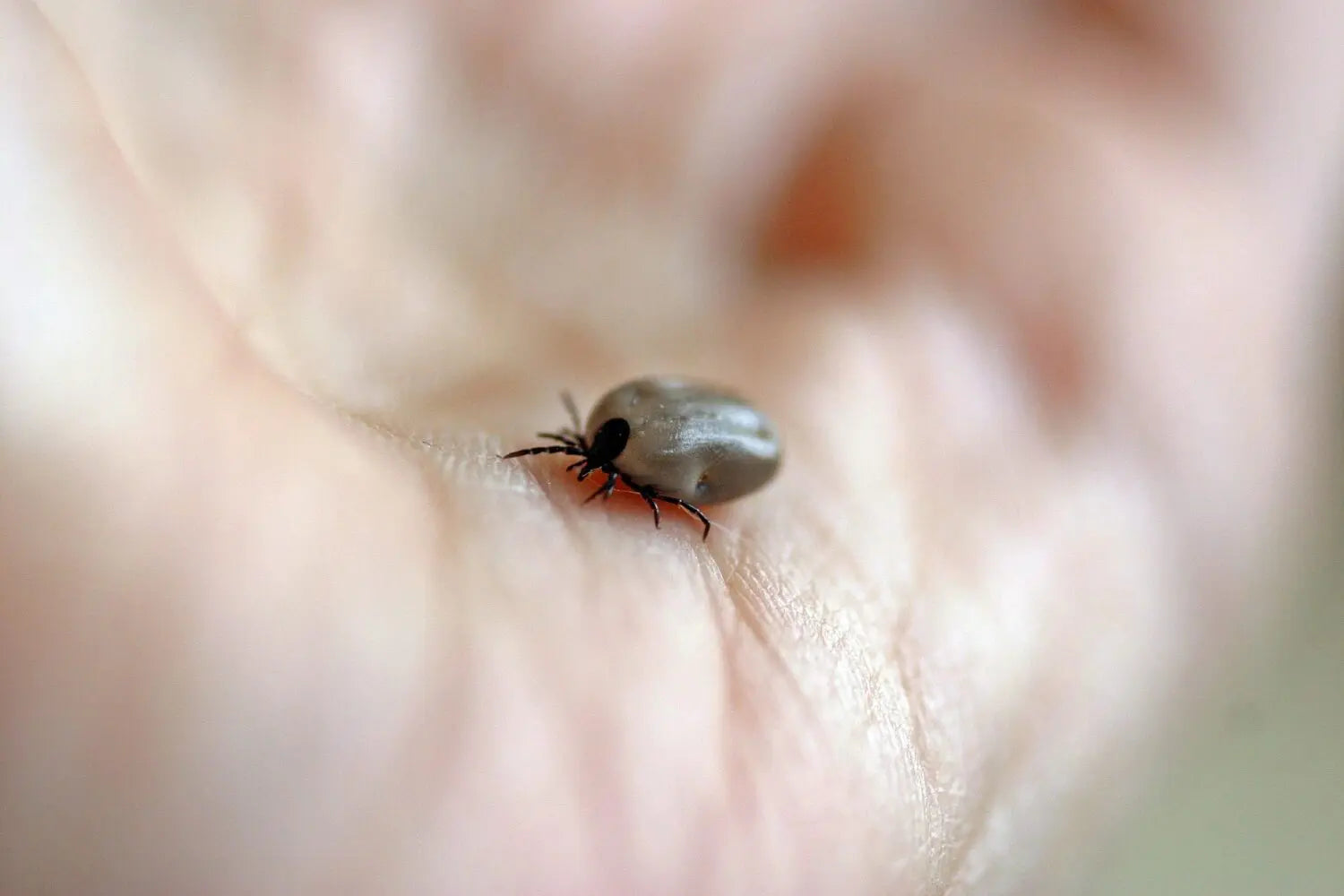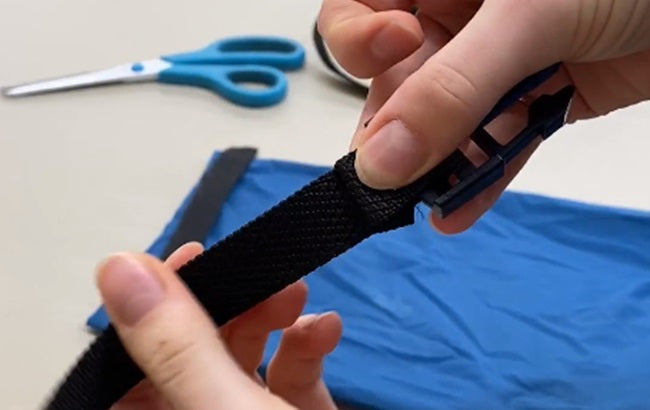How to Avoid Ticks
We’ve gathered some information on how to stop ticks from ruining your walks!

What Are Ticks?
Ticks are small spider-like insects, with a penchant for biting people, pets and anything else that happens to disturb their country home.
They’re frequently found in bushes, grass and other undergrowth – which you may come into contact with while on your travels – or even just in your garden!
They can be found throughout the world, and commonly in the UK, Europe and the US.
Why Should I Avoid Ticks?
Ticks feed on the blood of mammals and birds – if they bite an animal which is infected this can spread to the tick, which in turn can spread to you when you are bitten.
One of the main risks is developing Lyme Disease (read more about the symptoms and risks on the NHS site here).

How to Avoid Ticks?
You can’t always guarantee 100% avoidance of ticks, however you can follow the below steps to reduce your risks and make it easier to spot ticks so you can remove them quickly.
- Stay on footpaths and avoid long grass or bushy areas
- Make sure your skin is covered – long sleeves and trousers tucked into your socks mean less chance of ticks getting to your skin
- Use insect repellent on exposed skin
- Consider our IS range of clothing which provides superior protection against a range of biting insects (read more about the Insect Shield technology here)
- Wear light-coloured clothing to help you spot ticks which may have travelled back with you (dark colours makes it easier for them to hide)
- Thoroughly check yourself, children and pets for any ticks when you get home – particularly areas such as your head, neck, waistband area, armpits and groin
- Remember and check your footwear and clothing as well!

Removing Ticks
If you do find a tick, it’s important you remove it quickly to reduce the risk of infection.
You can purchase tick-removal tools from the pharmacy, or you can carefully use tweezers to remove them.
This NHS page contains step-by-step instructions for removing ticks, as well as next steps if you’re concerned about infection.
We hope these small tips will help you stay safe and un-bitten in the outdoors!









